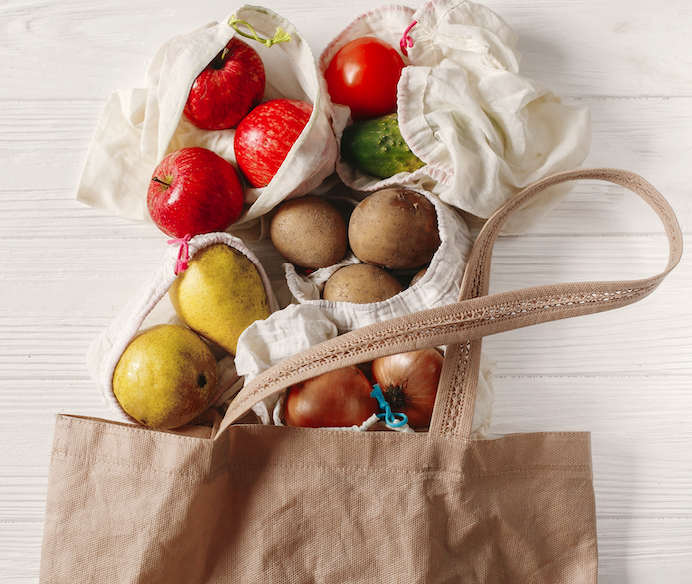By: Sanjida Amin

Worldwide food production and consumption are related to major ecological impacts and environmental degradation that we are facing, such as severe water pollution, air pollution, greenhouse gas (GHG) emissions, loss of biodiversity and natural resources. Sustainable food and agriculture is one of the significant elements required to achieve certain United Nations Sustainable Development Goals (SDGs). Several of the SDGs are directly being connected to consumption and food systems, including SDG 1- No Poverty, SDG 2 – Zero Hunger, SDG 3 – Good Health and Well-Being, and SDG 12- Responsible production and consumption.
Since we all consume food every day multiple times each day, the foods we choose to eat may create opportunities for us to promote sustainability! Sustainable food consumption reflects our lifestyle by showing how as an individual can consume more responsibly, eat healthy, prevent food waste, encourage local buying and support community-oriented farming to help lower carbon footprint and contribute to the healthily eco-systems. Here is the list of few things that you may consider while shopping at the grocery store to consume sustainably:
Buying seasonal foods: Purchase food items that are in-season which means eating the fruits, vegetables, and seeds that are naturally grown in abundance during a particular time of every year. Check this post to learn more about how you can buy local and sustainably.
Opt for locally-produced items: Always check the Foodland Ontario guide for logos before purchasing and check out your local farmers market.
Looking for sustainable alternatives: Try to choose a plant-based protein option instead of having an animal-based food for all of your dishes you enjoy or look for options with sustainable certifications. When you can, search for products which are organic, green and eco-friendly in nature.
Reducing food waste: Take your immediate steps to reduce waste at home like having a leftover meal, shopping consciously (with a grocery list), storing food appropriately, and reminding yourself to utilize fresh produce before it spoils. Also don’t forget to compost your food scraps!
Checking for eco label: Always look for the eco-labels or packaging information to understand the ingredients in the food you are consuming and see if the and if the food criteria such as Certified Organic or Fair Trade. Check this page to see how Brock University embraces Fair trade policy and to know where to find fair trade products at Brock University.
Engage in gardening and share with your community: Nothing is fresher than picking your own garden produce. So engage yourself with harvesting and gardening. Visit here to learn more about Brock University seed library and information regarding seed availability, planting, and growing.
Finally, we understand that achieving sustainable food systems are complex problem however, there are many innovative ways you can take action in your daily life to ensure you are eating a bit more sustainability. Keep in mind that that all the small actions we’re able to take individually add up to bigger changes, as our collective efforts in these different avenues are crucial for making an impact overall.
















